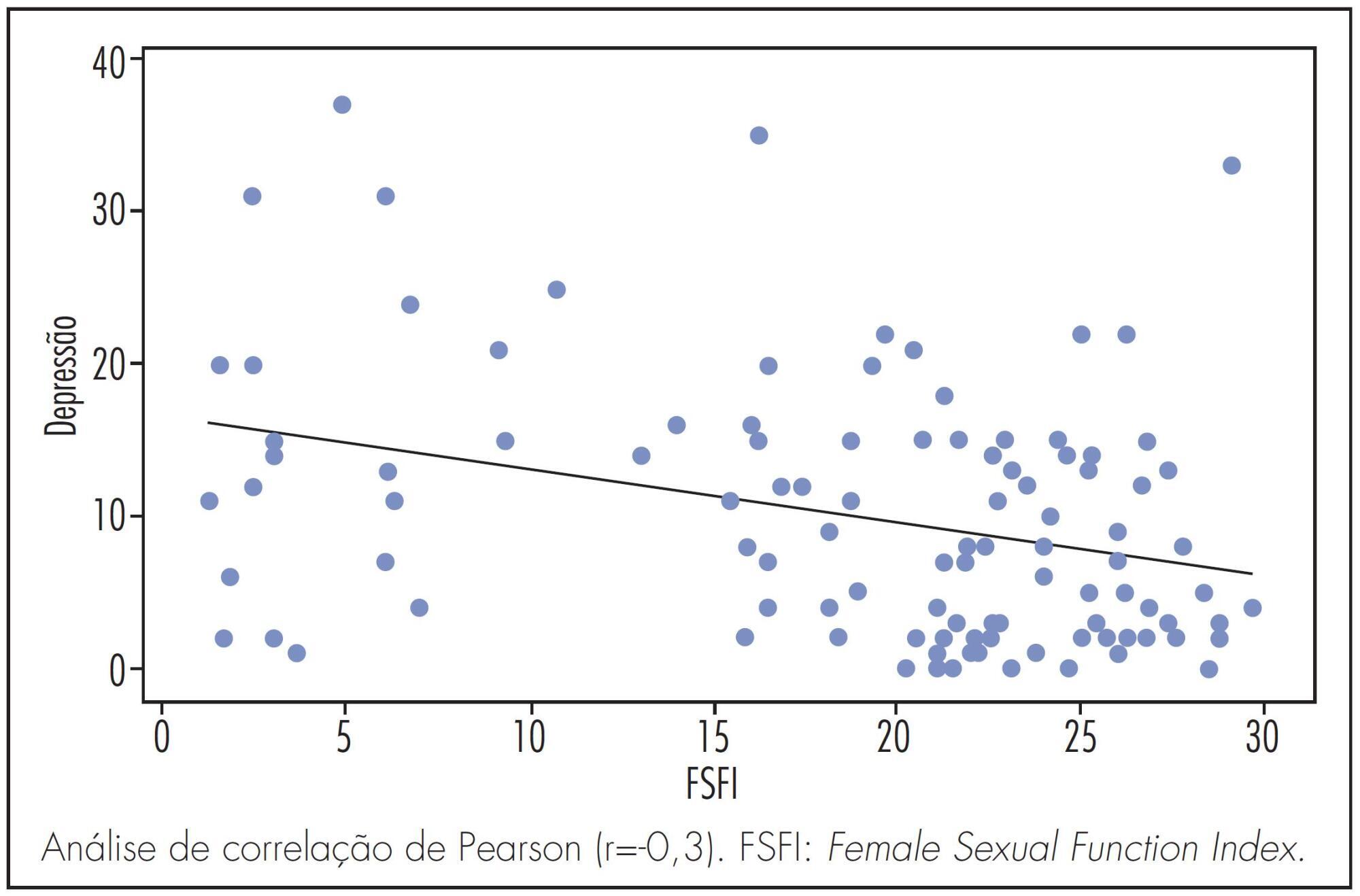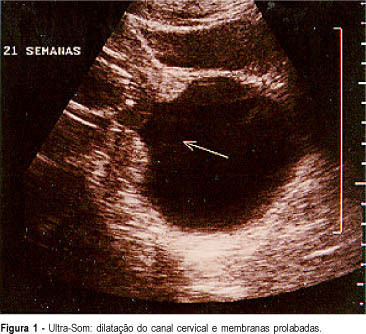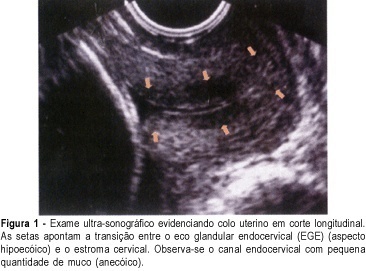You searched for:"Rosiane Mattar"
We found (43) results for your search.Summary
Rev Bras Ginecol Obstet. 2022;44(12):1122-1125
Summary
Rev Bras Ginecol Obstet. 2006;28(3):139-142
Summary
Rev Bras Ginecol Obstet. 2004;26(2):139-146
DOI 10.1590/S0100-72032004000200009
PURPOSE: to evaluate whether oral and vaginal sex practice, with or without exposure to semen, decrease the occurrence of recurrent spontaneous abortion. METHOD: this was a case-control study carried out between May 2000 and April 2003. A questionnaire was applied analyzing the clinical, obstetric and sexual history of women, who were divided into two groups: a case group comprised 116 patients with a history of at least two spontaneous abortions, without previous pregnancy longer than 22 weeks, and a control group that included 241 women with history of one or more term pregnancies with live birth and no miscarriage. The analyzed variables included the number of sexual partners, condom use, oral sex practice, and the exposure of female oral mucosa to semen. RESULTS: in the control group 38.8%, and in the patients group 35.7% of the women had only one partner. In both groups about 75% of the women reported that the partners did not use condom. Approximately 55% of the women of both groups referred oral sex practice, and 13.8% of those with recurrent abortion and 20.3% with a history of successful pregnancies had oral mucosa exposed to semen. There was no difference between the patients with recurrent abortion and women with successful pregnancies regarding number of sexual partners, use of condom, practice of oral sex, and exposure of oral mucosa to the partner's semen. CONCLUSION: our results did not confirm the hypothesis that sexual behavior influences the occurrence of spontaneous abortion.
Summary
Rev Bras Ginecol Obstet. 2004;26(1):15-20
DOI 10.1590/S0100-72032004000100003
PURPOSE: to analyze the values of Doppler ultrasound for blood flow velocity in the ductus venosus between the 10th and the 14th week of gestation, during the different phases of the cardiac cycle: ventricular systole (wave S), ventricular diastole (wave D), atrial systole (wave a), and angle-independent indexes. METHODS: Doppler was used in this prospective cross-sectional study to examine 276 single pregnancies. Fetus malformations, abnormal nuchal translucency, and women with clinical pathologies were excluded. A Toshiba SSH-140 ultrasound equipment was used. The derivation of Doppler frequency spectra was carried out according to standardized measurement procedures: less than 30ºinsonation angle and 50-70 Hz high-pass filter. The ductus venosus was identified in a median sagittal and ventral plane with the presence of color aliasing due to increase in blood flow velocity. The sample volume (1-2 mm³) was placed immediately at the origin of the ductus venosus. At least three clearly and subsequent waves were available for measurement of standard values. The Levene test and the Bonferroni method were used for statistical analysis. RESULTS: increase in blood flow velocity from 29 cm/s to 37 cm/s (p=0.013) was observed during ventricular systole between the 10th and the 14th week of gestation. Similarly, increase in blood flow velocity was recorded during the ventricular diastole (from 25 cm/s to 32 cm/s, p=0.026). There were no changes in wave a, pulsatility index, and S/a ratio in this period. CONCLUSION: the reference ranges established by this study may serve as the basis for Doppler ultrasound follow-up in a normal patient population. Further studies are required to determine the validity of these parameters and, in particular, for the fetus at risk.
Summary
Rev Bras Ginecol Obstet. 2014;36(4):152-156
DOI 10.1590/S0100-720320140050.0004
It was to compare pregnant women who experienced recurrent spontaneous abortion (RSA) and those who did not in terms of the prevalence of depressive symptoms and sexual behavior.
A prospective case-control study was carried out. The first group consisted of women with RSA and the second, of primigravidae. The Beck Depression Inventory (BDI), the Female Sexual Function Index (FSFI) and one more questionnaire, developed by the authors themselves, about emotional aspects resulting from sexual intercourse during pregnancy were applied. The Student t-test was used to compare quantitative variables with normal distribution, and categorical variables were compared by the chi-square test or Fisher's exact test. The level of significance was set at p<0.05.
The BDI showed (19.9 versus 10.0%) approximately twice the incidence of depression in the RSA group. Regarding sexual function, the average scores of the FSFI were 21.1 and 16.4 (p<0.05) for the study and control groups, respectively, although no significant difference was observed only in the desire domain (average 3.4±1.3 for the RSA group and 3.7±1.1 for control group) (p=0.1). We observed that, regardless the presence or absence of an RSA history among the pregnant women, the higher the depression score, the lower the sexuality score (r=-0,3).
The RSA pregnant group often experiences twice higher depression and more impaired sexual function. There is an inverse association between depression and sexual function.

Summary
Rev Bras Ginecol Obstet. 1999;21(3):171-174
DOI 10.1590/S0100-72031999000300009
In pregnant women with cervical incompetence in whom there is also dilatation of the cervix and prolapsed membranes there are technical difficulties in performing cerclage in order to prolongate pregnancy until sufficient fetal maturity assures survival of the newborn. We describe a case of cervical incompetence with prolapsed membranes at 21 weeks of gestation, in which we caused the decrease of intrauterine pressure with drainage of amniotic fluid by amniocentesis, until reintroduction of membranes into the uterine cavity was possible. This procedure allowed traction of cervical lips and cerclage with less mechanical trauma, warranting the evolution of pregnancy for 12 weeks and fetal survival

Summary
Rev Bras Ginecol Obstet. 2004;26(3):193-200
DOI 10.1590/S0100-72032004000300004
PURPOSE: to verify the prevalence of two sonographic findings, the cervical gland area (CGA) feature and the cervical length of less than 20 mm, and to compare these with the risk for premature delivery in pregnant women between 21 and 24 weeks' gestation. METHOD: this was a prospective, cross-sectional study in which 361 women were consecutively examined by transvaginal ultrasonography. Müllerian or other malformations, multiple gestations, fetal death, olygo- or polyhydramnios, marginal placenta previa, and conization, cerclage, amputation or other surgical procedures in the cervix, prior to or during pregnancy, were exclusion criteria. After the abdominal ultrasonographic morphological examination, we used transvaginal ultrasonography to measure the cervical length and to observe the presence of hyper- or hypoechoic area next to the endocervical canal, a feature characteristic of endocervical epithelium glands which is called CGA (cervical gland area). Qualitative variables are expressed as absolute and relative frequency. Quantitative variables are expressed as mean, median, standard deviation, minimum, and maximum values. Association between qualitative variables was detected by the c² test or by the Fisher exact test. For each variable, the relative risk and the 95% confidence interval (CI) were calculated. Logistic regression analysis was used to calculate the predictive values for premature delivery. Significance level was 95% (alpha = 5%), with descriptive (p) values equal or lower than 0.05 considered significant. RESULTS: spontaneous preterm delivery occurred in 5.0% of the patients. Cervical length was up to 20 mm in 3.3% of all studied patients and in 27.8% of those who delivered spontaneously before the end of the pregnancy. Absence of the CGA was detected in 2.8% of all patients and in 44.4% of the women who eventually developed spontaneous preterm labor. There was a statistically significant association of absence of CGA with short cervical length (p<0.001). Absence of CGA was strongly associated with spontaneous preterm delivery (relative risk of 28.57, 95% CI 14.40-56.68). CONCLUSION: the absent CGA feature is a new morphological ultrasonographic parameter that is useful in the prediction of spontaneous preterm delivery in single gestations. Our results show that the parameter can be used as an indicator of risk for premature delivery, to be confirmed by future research.

Summary
Rev Bras Ginecol Obstet. 2012;34(5):209-214
DOI 10.1590/S0100-72032012000500004
PURPOSE: To assess the prevalence of bacterial vaginosis and to compare the accuracy of testing pH and KOH with the Nugent gradient, the gold standard for the diagnosis of bacterial vaginosis (BV) in asymptomatic and symptomatic pregnant women at low risk. METHODS: We conducted a cross-sectional study on 321 pregnant women with gestational age between 14 and 26 weeks, 218 of them asymptomatic and 103 with vaginal complaints suggestive of bacterial vaginosis. All women were assessed by the criteria of Nugent and subjected to the measurement of vaginal pH and to the 10% KOH test. The Kappa coefficient was used to evaluate the methods in terms of diagnostic agreement. RESULTS: Most patients were adolescents (mean age 21.0±5.6 years), nulliparous and mulattos. The prevalence of bacterial vaginosis was 33.3% as estimated by the pH and KOH method and 35.5% by the Nugent method. Excellent agreement of the methods was found among asymptomatic pregnant women, with 72.5% of them showing negative results to both tests, which resulted in a high Kappa coefficient (k=0.82). The group of symptomatic women showed 49.5% positivity to both diagnostic methods, with excellent agreement (k=0.74). CONCLUSION: The prevalence of bacterial vaginosis determined by both the pH and KOH method and the Nugent score was high. The pH and KOH method can diagnose bacterial vaginosis as accurately as the Nugent criterion.